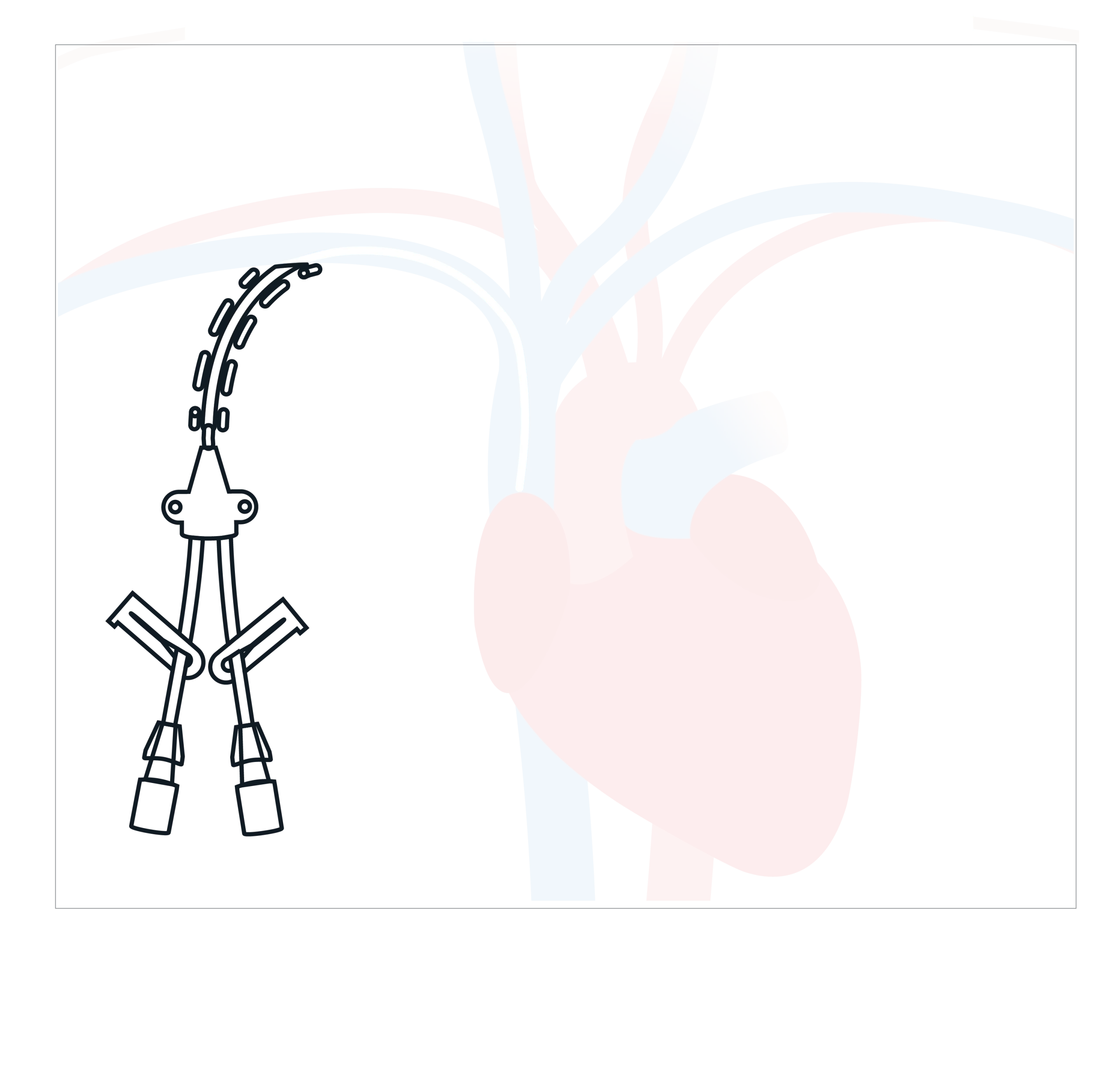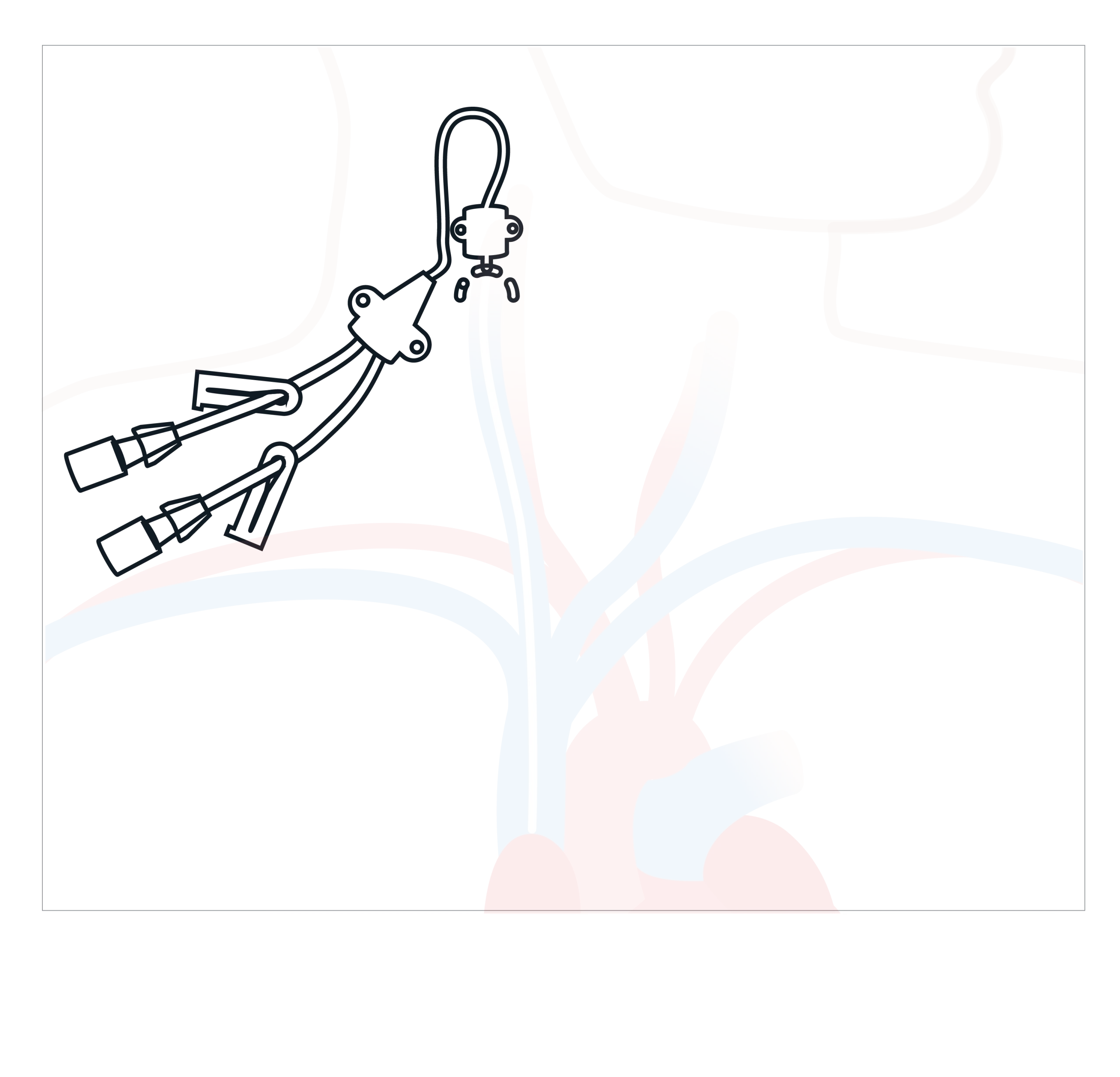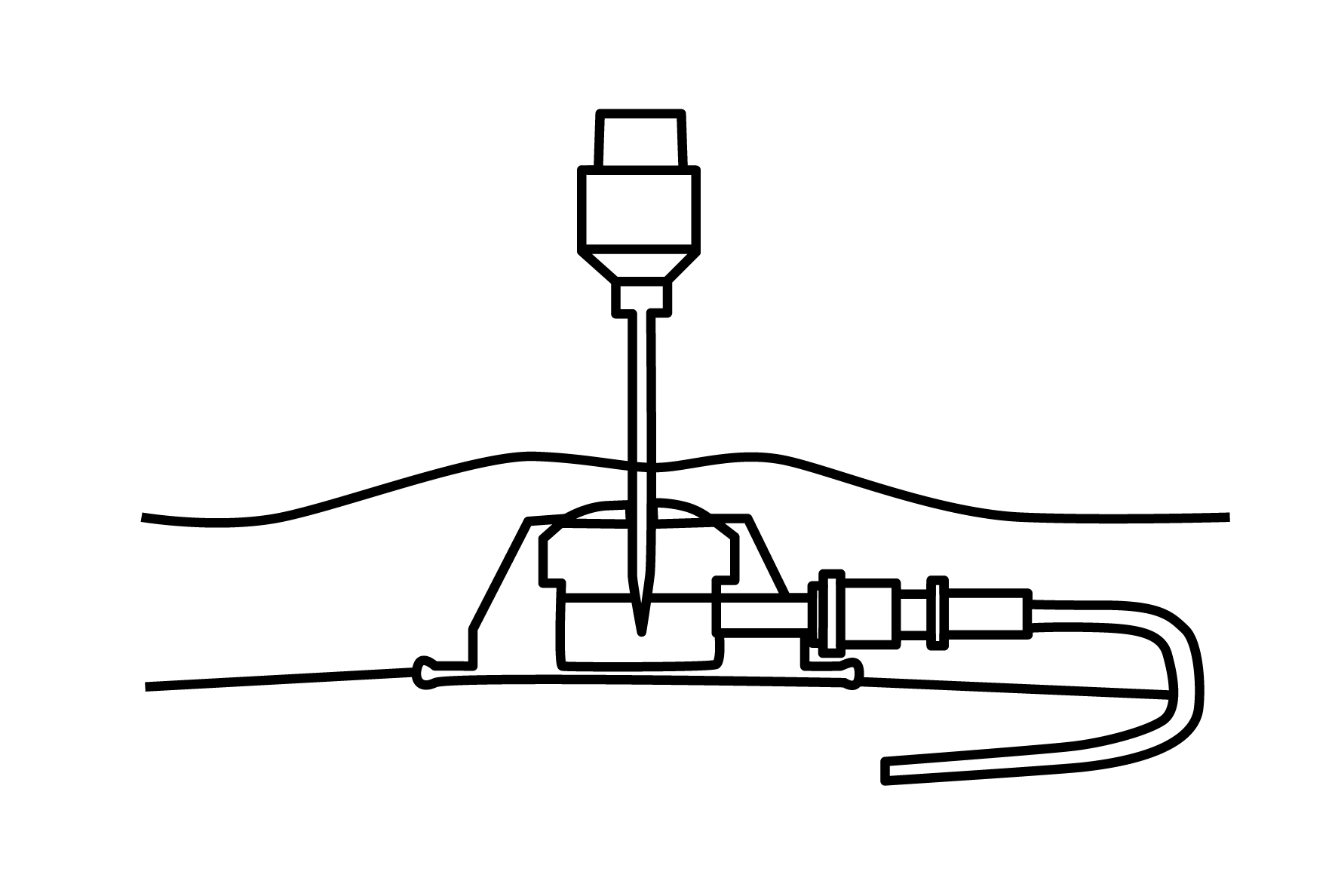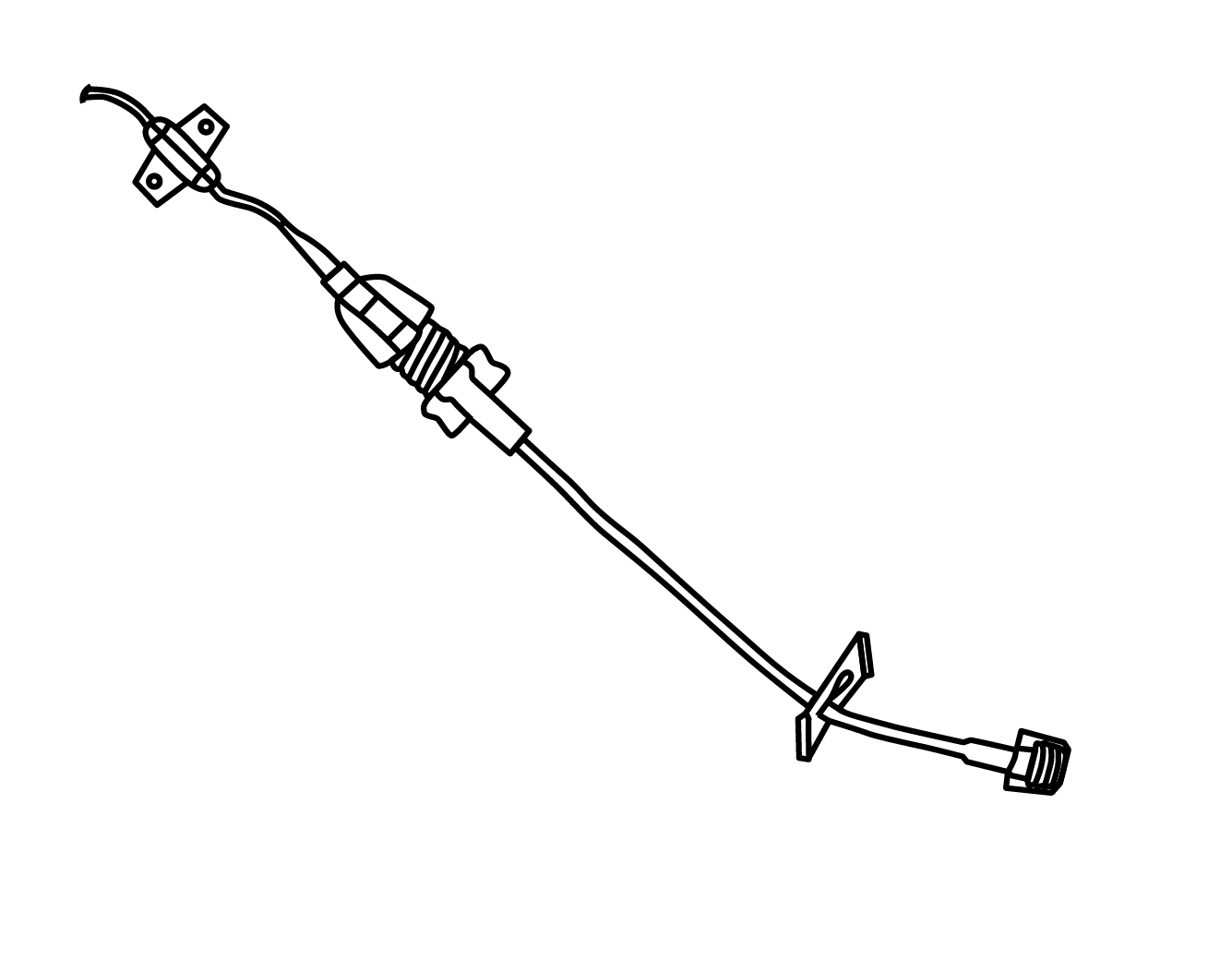Intravenous (IV) catheters play a vital role in modern medicine
IV Cannulation Definition
IV cannulation involves inserting a small flexible tube into a vein to provide venous access. This allows healthcare professionals to perform various medical procedures and treatments that require direct access to the bloodstream.
IV Catheter Types
There are two main IV catheter types: Peripheral Intravenous Catheter (PIVC) and Central Venous Catheter (CVC). These tubes are used for a variety of medical situations.

Peripheral IV Catheter (PIVC)
Peripheral Intravenous Catheters are typically inserted into a small vein in the hand or forearm for vascular access. Peripheral Intravenous Catheters are short-term solutions for administering fluids
Phlebitis can be a potential side effect if treatment is prolonged. To prevent this, it’s essential to change the insertion point regularly. Phlebitis is the inflammation of a vein and can occur with or without blood clots.
NOTE: MedSource catheters are intended to be used with an approach angle to insertion of 30 degrees or less. When advancing the catheter, the inclination should be decreased to an angle appropriate to the depth and size of the intended vessel, bearing in mind the catheter hub needs to lie flat against the skin when dressed.

Types of Central Venous Catheters (CVC)
A Central Venous Catheter is a venous access device that is inserted into a large vein in the subclavian area: the neck, shoulder, or chest with the tip extending to the heart. Central venous access allows faster, more direct access to the bloodstream and greater volumes of medication to be administered. Central lines—which are typically used for cancer treatments and in ICUs—can remain for weeks or months.
Types of Central Venous Catheters include:
-
Tunneled Central Venous Catheters
- Non-Tunneled Percutaneous Central Venous Catheters
- Implanted Ports
-
Peripherally Inserted Central Catheters (PICC)
-
Midline IV Catheter

Tunneled Central Venous Catheter
A Tunneled Central Venous Catheter is surgically placed into a vein in the neck or chest then tunneled underneath the skin. The other end stays outside the body so medicine can be administered.

Non-Tunneled Percutaneous Central Venous Catheter
A Non-Tunneled Percutaneous Central Venous Catheter is temporary and may be put into a large vein near the chest, neck, or groin. These tubes are generally used in an emergency or for at-home care.

Implanted Port
An Implanted Port is like a tunneled catheter, but it lies entirely under the skin. A needle is placed through the skin to administer medicine. An implanted port is less visible than a tunneled catheter and doesn’t require as much daily care.

Peripherally Inserted Central Catheter (PICC)
A Peripherally Inserted Central Catheter (PICC) is inserted through a vein in your arm and guided to a central vein near your heart. A leg vein can be used sometimes for babies or patients who have issues with their upper limbs¹.

Midline IV Catheter
A Midline IV Catheter is a longer version of a peripheral IV catheter that’s inserted into the upper arm in the antecubital area near the elbow, with the tip located just below the armpit. Midline IV catheters can remain in place for two to four weeks, which is much longer than traditional peripheral IV catheters.
Midline Catheter vs PICC
Though a PICC line is placed into the elbow vein much like the midline catheter, these tubes are used in different ways. While the midline catheter extends from the elbow to the armpit, the PICC is longer and goes into the vena cava which leads to the heart. A PICC can also be used for longer periods than a midline.
General IV Catheter Guage Sizes and Applications
IV gauge sizes range from 14-26 and are color-coded by most manufacturers. The smaller the number, the larger the needle.
A small gauge catheter results in less trauma to the vein and allows adequate blood flow. However, a large-bore IV catheter may be necessary when rapid infusion of large amounts of fluids is necessary.

IV Catheter Needles: Active and Passive Safety Innovations
The evolution of the AIDS crisis of the 1980s and 1990s emphasized the need to protect healthcare employees from exposure to bloodborne pathogens by reducing needlestick injuries. The OSHA’s Bloodborne Pathogens Standard of 1991 and the Needlestick Safety and Prevention Act (NSPA) of 2000 required employers to implement safer medical devices³.
Safety features on IV catheters come in two forms: active and passive. An active safety IV catheter requires the user to activate safety mechanisms. A passive safety IV catheter automatically deploys safety features that the user can’t bypass. While the active safety IV catheter gives the user more flexibility, the passive safety IV catheter ensures protection from the contaminated needle with no action required.

Blood Control IV Catheter
The blood control IV catheter is a safety-focused intravenous catheter with blood control technology that reduces the risk of blood exposure, minimizes cleanup time, and cuts down on the use of supplies related to blood spills. There’s no need to apply venous compression during insertion, and needlestick injuries are significantly reduced²
ClearSafe Blood Control® Catheter
MedSource Labs, a leading provider of quality medical products, is moving the needle on catheter care. It has announced the addition of the new ClearSafe Comfort® and TrueSafe Comfort® Blood Control Catheters, providing top-of-the-line innovations and safety. MedSource Labs new ClearSafe Comfort® and TrueSafe Comfort® Blood Control Catheters were designed with a focus on caring for the caregiver.
These devices join the ClearSafe® and TrueSafe® line of Safety IV Catheters in the MedSource Labs expanding inventory of IV therapy supplies.
References:
1“PICC line”, Date Accessed: 22 May, 2024, https://www.mayoclinic.org/tests-procedures/picc-line/about/pac-20468748
2“Efficacy and ease of use of an intravenous catheter designed to prevent blood leakage: a prospective observational trial”, 2015 Jan 27, https://pubmed.ncbi.nlm.nih.gov/25634152/
3 “Bloodborne Pathogens Standard”, Date: Accessed 22 May, 2024, https://www.osha.gov/bloodborne-pathogens/standards





